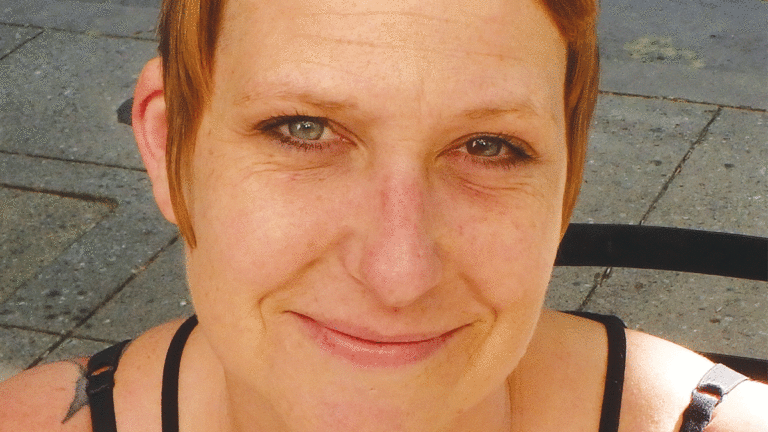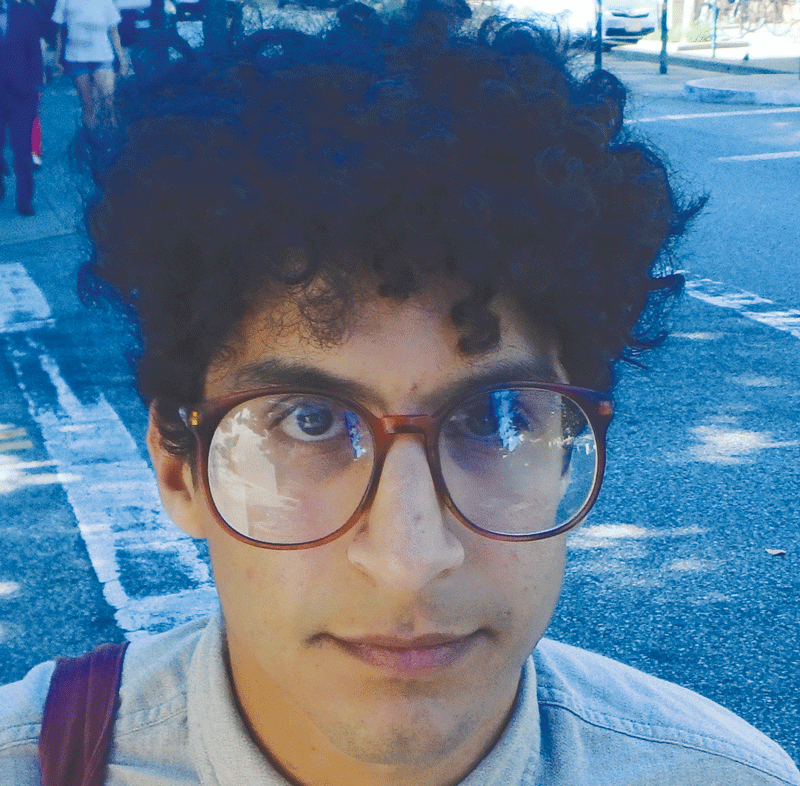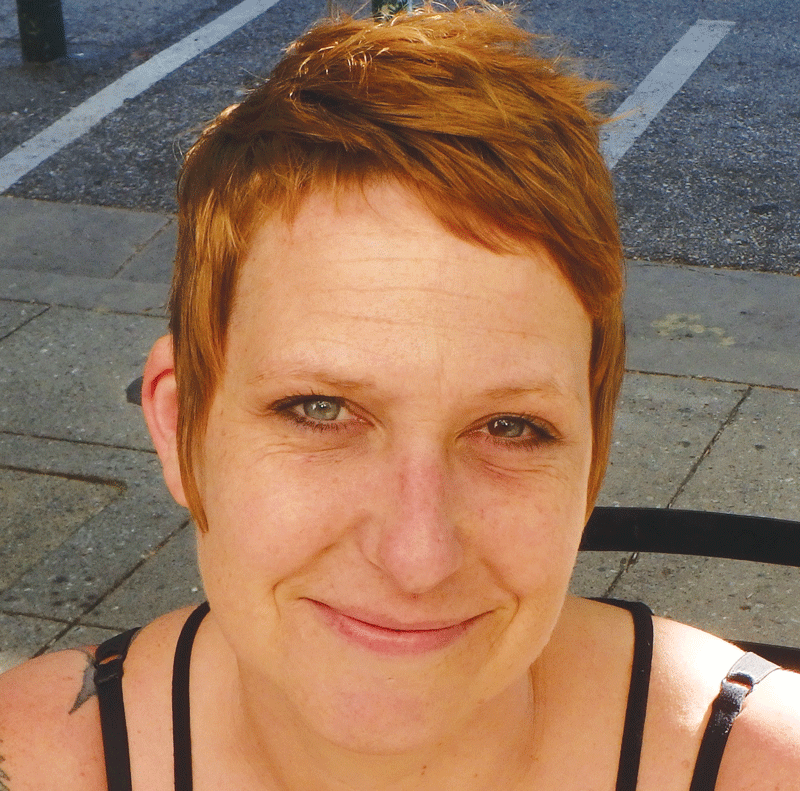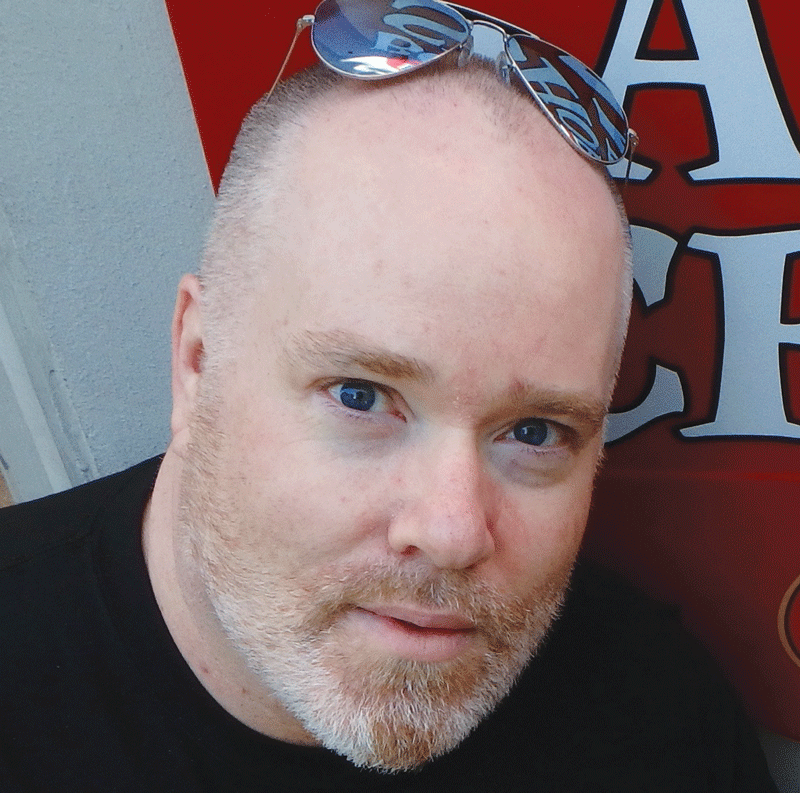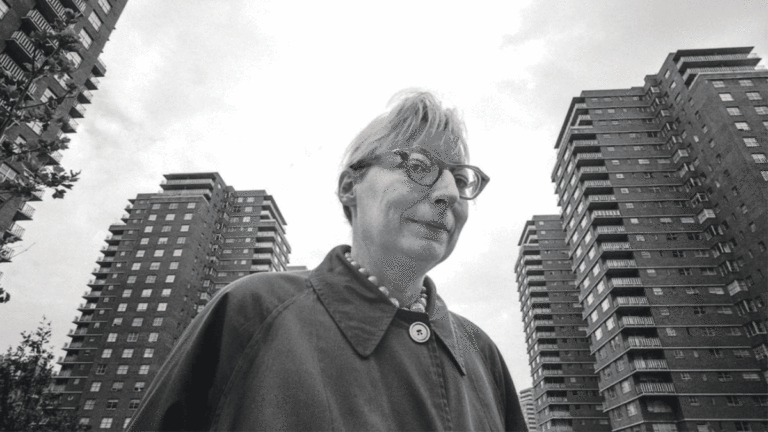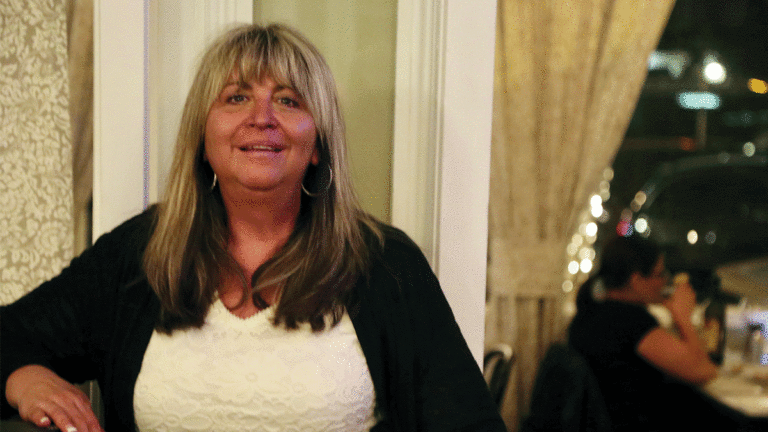EDITOR’S NOTE
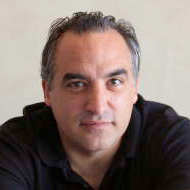
Whenever I think about Santa Cruz’s lack of public space, I think about what GT writer Cat Johnson once said: “There’s nowhere to take your lunch in this town.” Back when Abbott Square was in the planning stages, she predicted it could be a big first step toward solving the problem.
Now that Abbott Square is set to open, with First Friday next week serving as the public’s first chance to get a sneak peek of what it will be, and the MAH building up to the opening throughout the whole month of June, I invited Johnson to revisit the public space issue in this week’s cover story. It’s clear from her story how much Santa Cruz has riding on the success of Abbott Square, and that everyone around here has their own hopes to project onto it. Mat Weir also provides a brief history of how Abbott Square got here, starting with the Cooper House, which has provided a sort of spiritual model for the public square project. Finally, Christina Waters weighs in on how Abbott Square, with its marketplace-style hub of restaurants, will impact the local dining scene. I think the sum total of these stories give a nicely rounded view of just what Abbott Square is going to mean for downtown.
Lastly, I just wanted to remind everyone that the American Music Festival is this weekend in Aptos Village Park. Hopefully you read our coverage last week, in which we said probably everything there is to say about it. Now all that’s left to do is get out there and enjoy the return of the Devil Makes Three, as well as Melissa Etheridge, Mavis Staples and many other artists who’ll be there Saturday and Sunday. Happy Memorial Day!
STEVE PALOPOLI | EDITOR-IN-CHIEF
LETTERS TO THE EDITOR
Read the latest letters to the editor here.
So Nice, Gotta Read It Twice
Such a heartfelt eulogy, Steve Kettmann’s piece on Peter McLaughlin, Pete the Poet (GT, 5/10). Our own local, very hip Vincent Van Gogh, an artist whose muse is as well his torturer, bringing an end too soon. It has been a long time since I have read a long piece word-for-word all the way through, some of it twice. Thanks for making this beautiful work the centerpiece of last week’s GT.
John D. Roevekamp
Scotts Valley
On the Curse of Santa Cruz
Re: May 10 GT: Good issue. Steve, I especially appreciate your comments on the Santa Cruz artistic curse. I lived in Santa Cruz throughout the ’70s, part of the time as the first full-time housing coordinator at College 5 of UCSC (about which I shall never write a book). But I did complete a book here, tracing the effect of the biblical Eve myth on Western civilization, but I had moved to Amherst, Massachusetts, by that time and although I mentioned a dozen or so much appreciated Santa Cruz helpers along the way in my acknowledgements, I think it went unnoticed by the local community—even when the New York Times gave me a two-page review and named it one of their 250 Notable Books of 1984.
I’d also like to comment on Gigo Desilva’s Hawaii letter. I was born in Honolulu 83 years ago; an army kid. I was there three months, and have never been back. In the meantime, I have been using a hospital record as my “birth certificate” each time it was asked for, even though it has nothing on it that identifies it as a birth certificate. No problem; although my retirement application for Social Security several years ago produced the usual chuckles over the inked baby footprints, nobody ever questioned its authenticity—until we returned to Santa Cruz and I applied for a state driver’s license. I was given the “Where were you really born, Mister Obama, if that is your real name?” treatment, and had to have the state of Hawaii email me a birth certificate (which was finally, grudgingly accepted, even though Hawaii was a territory when I was born). On my 85th birthday, I intend to go back and show it to our (much-missed) former president for a group laugh. Sorry. I could not resist that story.
John A. “Tony” Phillips
Aptos
Broken Traffic Laws
I have noticed the increased frequency of traffic violations which have threatened my safety. Drivers seem to take more chances now. I’ve been counting the number of occurrences that I am almost hit by another vehicle to be at least two to three times every day. I have witnessed many vehicles drive through red stop lights, or cross over double yellow lines into oncoming traffic, or be in a left turn lane and suddenly make a right turn cutting another driver off, or drive through a crosswalk with pedestrians jumping out of the way. When I see one of these dangerous maneuvers happen, there are never any cops around to catch the violator. All of these instances are inexcusable, reckless and selfish.
Many years ago, when I first learned how to drive, my instructor said, “Never insist on right of way, because people are unpredictable and can change their minds at the last second.” How true this is. I find it very difficult to live in a society where I follow what I was taught in the DMV Driver Handbook, but it seems like everyone else can do whatever they want! I am beginning to not feel safe anymore driving around my hometown, for fear that I will be injured in an accident.
I believe the cause of this is that as more people move into Santa Cruz County and more vehicles are on the road, we become more agitated and competitive. Even if you are in a hurry, please don’t think you are the only person on the road. We still need to be respectful of each other!
Ernest Amos-Jackson | Santa Cruz
Is Health Care Efficiency Good?
Dr. Wells Shoemaker in your Wellness column (GT, 4/26) states that Santa Cruz County “is one of the top three or four counties in the nation in terms of health care efficiency.” But what does that mean?
Nowhere in this article is there a mention of the out-of-control costs of the health care system in the U.S. As a low-income senior (but not low enough for Medicaid eligibility) on Medicare it is quite evident to me. Medicare is not free by any means, thanks to all the accommodations to the insurance companies and their need for profits. A senior in Santa Cruz County must pay the Medicare monthly fee out of Social Security, buy a drug plan or face a penalty, and buy supplemental insurance or face 20 percent co-pays on any possible serious healthcare need. This adds up to around $300+ as a monthly expense (can be less if you’re willing to pay high deductibles) before going to the doctor.
Medicare is considered a “single-payer” system, but it’s not able to control what the big corporate hospital-medical complexes are doing. We hear about fraud in terms of individuals, not these big organizations like Sutter Health, PAMF’s for-profit parent. We need single-payer health insurance for all and more regulation to curb this kind of crazy “efficiency.”
Sara Cloud | Santa Cruz
PHOTO CONTEST WINNER

Submit to [email protected]. Include information (location, etc.) and your name. Photos may be cropped. Preferably, photos should be 4 inches by 4 inches and minimum 250dpi.
GOOD IDEA
SPOKE UP
A local Climate Ride event is happening June 9-13, stretching all the way from San Francisco to San Luis Obispo on bicycles. Visit climateride.org for more information, including how to register and how to support local participants like Tawn Kennedy, youth programs director for Bike Santa Cruz County, or Amelia Conlen, transportation coordinator for the City of Santa Cruz.
GOOD WORK
SHE’S A STAR
UCSC’s Sandra Faber won the 2017 Gruber Cosmology Prize, which comes with $500,000, for being an all-around astronomy badass. The professor emerita’s groundbreaking studies of galaxies helped establish many of the foundational principles of modern cosmology. Faber also received the National Medal of Science in 2013 and is renowned for her contributions to the understanding of dark matter and galaxy formation.
QUOTE OF THE WEEK
“A square is also an organism, not just a work of art and architecture.â€
-Michael Kimmelman


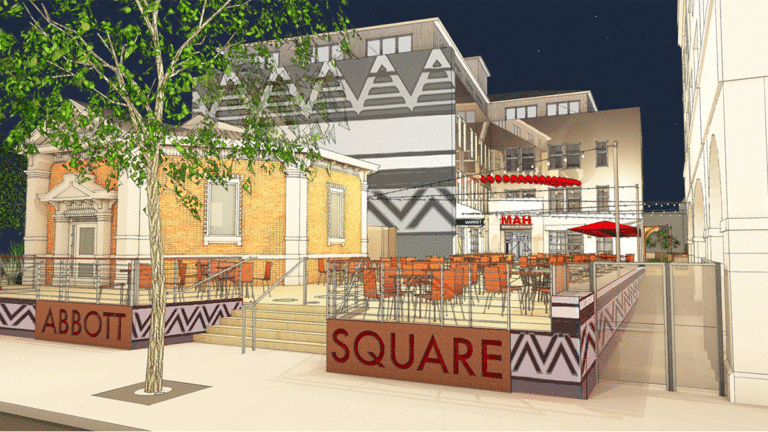

 The grand coast redwood trees are an icon of Northern California. They exceed storybook imaginations and exemplify the grandeur of nature. This Monday, May 29, learn a smidge of history, some ecology, and meet some local legends on an easy half-mile walk through an old-growth grove in Big Basin Redwoods State Park. The trail is wheelchair accessible and mostly flat. This event takes place every Saturday and Sunday at 11 a.m. and 2 p.m.
The grand coast redwood trees are an icon of Northern California. They exceed storybook imaginations and exemplify the grandeur of nature. This Monday, May 29, learn a smidge of history, some ecology, and meet some local legends on an easy half-mile walk through an old-growth grove in Big Basin Redwoods State Park. The trail is wheelchair accessible and mostly flat. This event takes place every Saturday and Sunday at 11 a.m. and 2 p.m.  It happens every day in America—children are sold into sexual slavery.
It happens every day in America—children are sold into sexual slavery.  Luis Valdez’s iconic
Luis Valdez’s iconic  For 10 years, Music in May has brought world-renowned musicians to Santa Cruz. To celebrate its 10th anniversary, the festival will head to local classrooms and a county youth detention facility, and include a world premiere, a final tribute to the festival’s longtime friend David Arben, and a collaboration with San Francisco Ballet Corps member Kimberly Braylock-Olivier. Saturday’s program will feature Santa Cruz Symphony’s conductor Daniel Stewart and Braylock-Olivier performing original choreography to
For 10 years, Music in May has brought world-renowned musicians to Santa Cruz. To celebrate its 10th anniversary, the festival will head to local classrooms and a county youth detention facility, and include a world premiere, a final tribute to the festival’s longtime friend David Arben, and a collaboration with San Francisco Ballet Corps member Kimberly Braylock-Olivier. Saturday’s program will feature Santa Cruz Symphony’s conductor Daniel Stewart and Braylock-Olivier performing original choreography to 